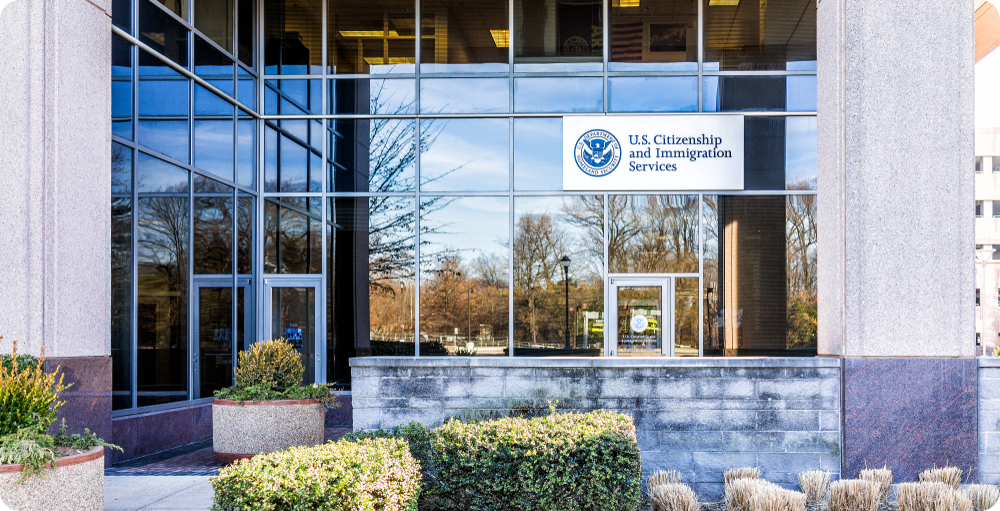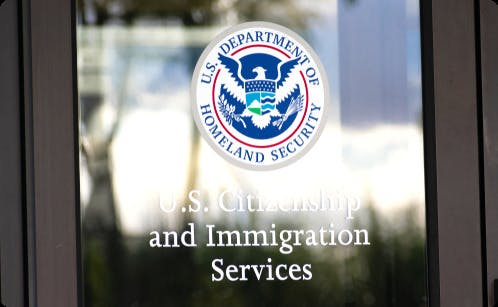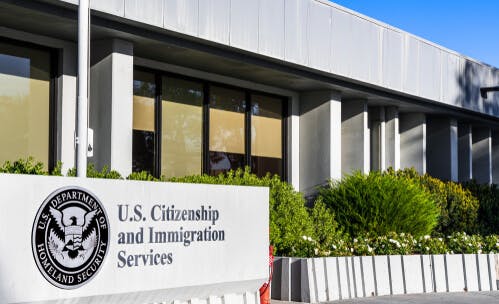Immigration lawyer and former Acting Director of USCIS Robert Divine believes that direct EB-5 investors can invest at $500,000 until new legislation or regulations change the amount. Regarding speculation that such a change might be implemented retroactively, Divine expects such application would not only be “surprising” but subject to legal challenges.Robert Divine knows EB-5 and he knows the U.S. Citizenship Services (USCIS): He served from July 2004 to November 2006 as Chief Counsel of USCIS, and from July 2005 until July 2006, he served as Acting Director and then Acting Deputy Director of USCIS. As such, he has a very educated opinion on what the agency’s stance will be on accepting direct-investment petitionsThough the EB-5 Regional Center Program has expired (many feel this is most likely temporary), direct investment — which is permanent and never in need of reauthorization — is most certainly alive and well. The big question with EB-5 direct is this: Can an investor invest at the new, lowered amount?
Direct EB-5 investing at $500,000 in July 2021 and beyond
Divine believes that until the EB-5 investment amount changes, “It seems to make sense to file direct $500,000 petitions until new regs come out.” This is good news for potential EB-5 investors who missed the small window of filing at half a million dollars for the Regional Center Program but who still want to take advantage of the lowered number before it goes up again.
Could future regulations retroactively apply to filed direct investments?
Make no mistake, the possibility that USCIS could raise the investment amount from the current law of the land — $500,000 — is very real.But the half-a-million-dollar question is this: would such a change be retroactively applied to those direct investors who filed at the lower amount? Divine doesn’t think so. The former USCIS Acting Director says that retroactively application would “surprise me.” He doesn’t think the agency would have the legal standing to do so: “I don’t think USCIS would try to make the new round of regs retroactive, and if they did I suspect courts would find that wrong.”
Direct investors still need to be cautious
While Divine is optimistic that direct investments now filed at $500,000 should stand on a legal level, he still advises investors to be cautious: “Issuers and investors need to be really clear about what happens to the money while this plays out and in the event of such rejection or denial, and what mechanisms might be used to alternatively prepare to top up an investment and re-file at higher level if that time comes.”
Why won’t USCIS accept new regional center I-526 filings?
Divine remembers at least once when a program lapse occurred and USCIS did continue to receive new filings and hold them in abeyance. So why not now after the June 30th Regional Center Program expiry? “With the regs litigation and the prospect of regional center filings pouring in at $500K in gerrymandered areas—all things the agency took pains in the 2019 regulations to end — I suspect the atmosphere about that might be different now.”Disclaimer: This content is not legal advice. You are advised to seek your own legal counsel.








